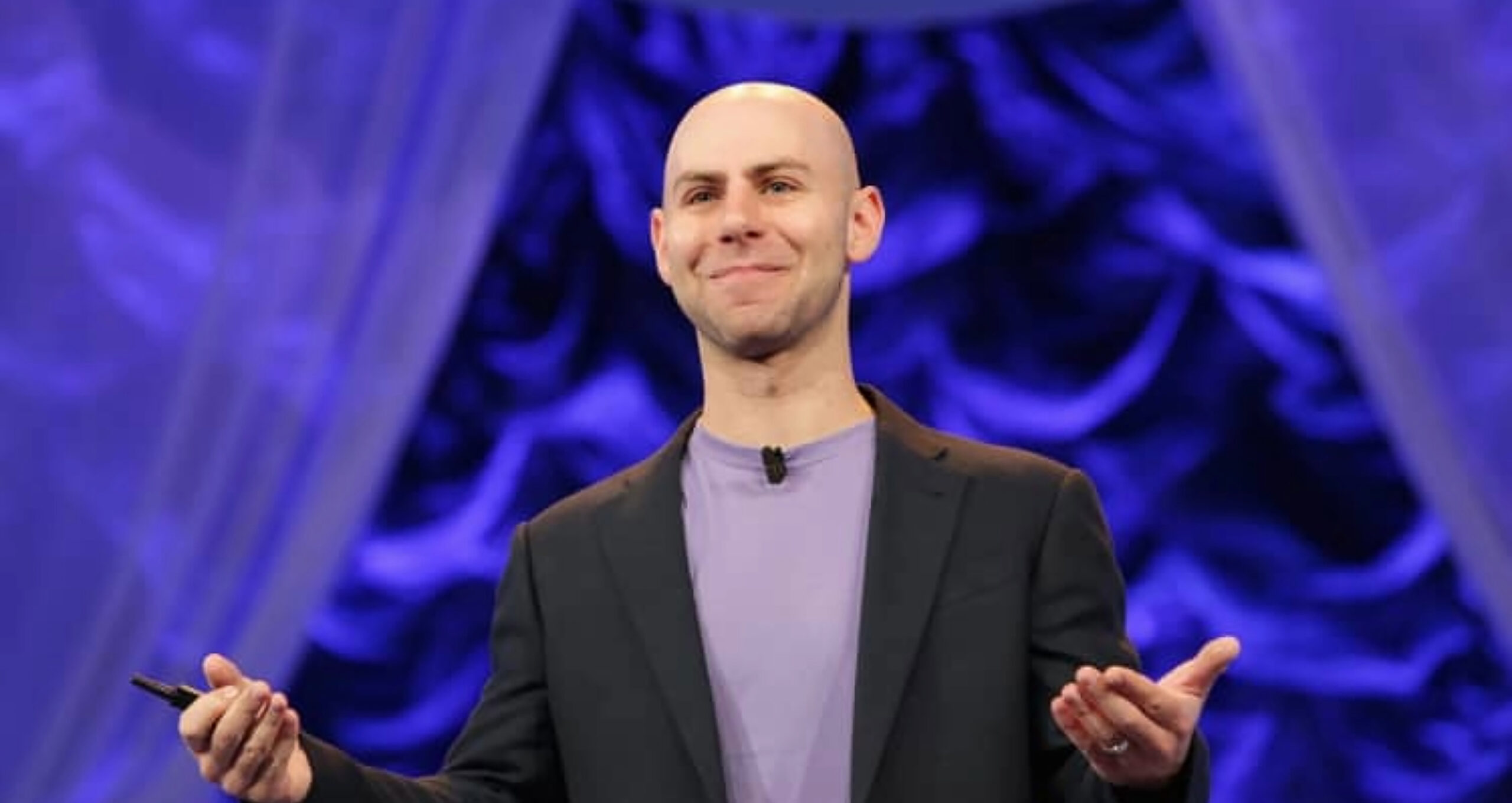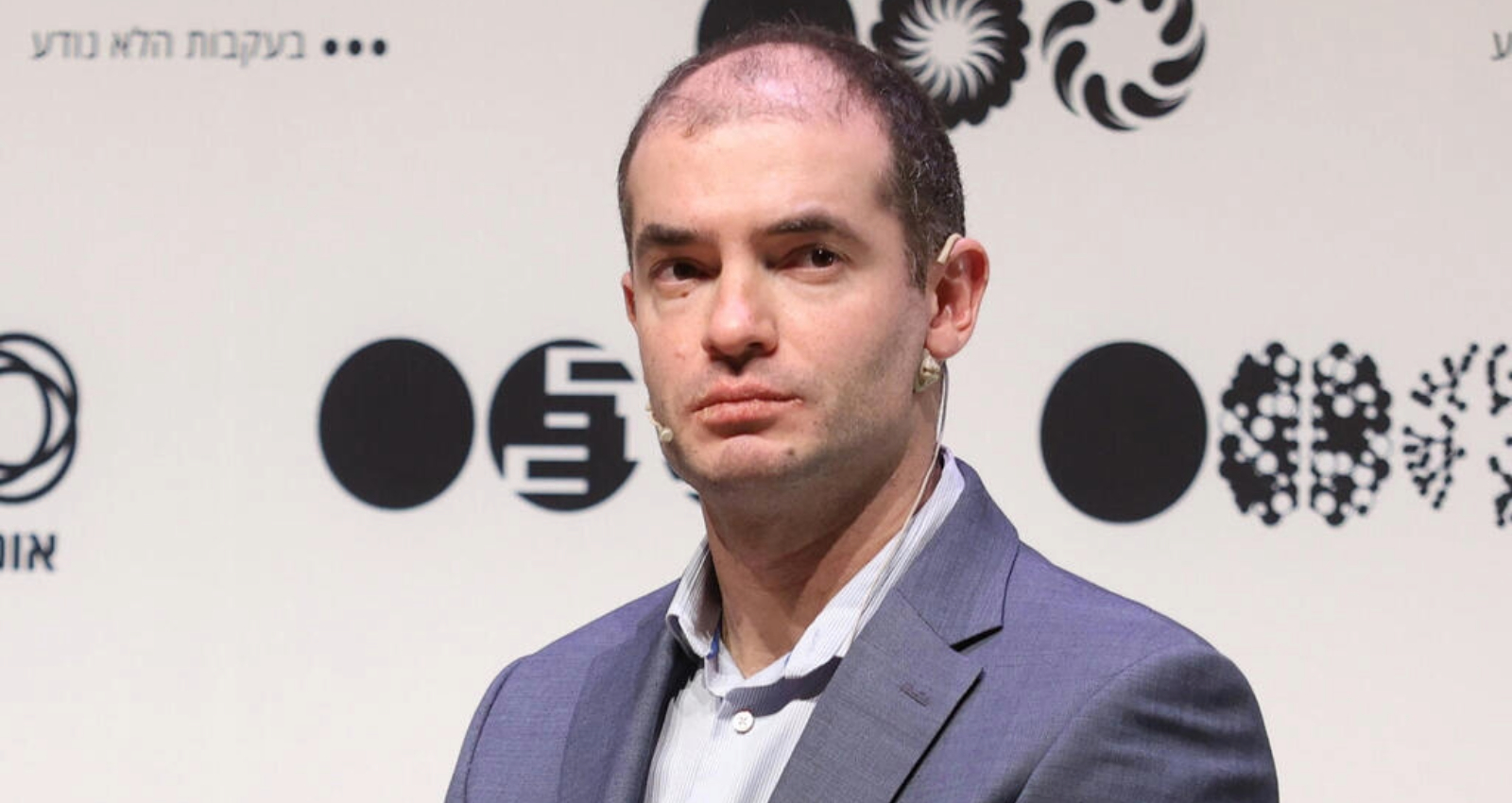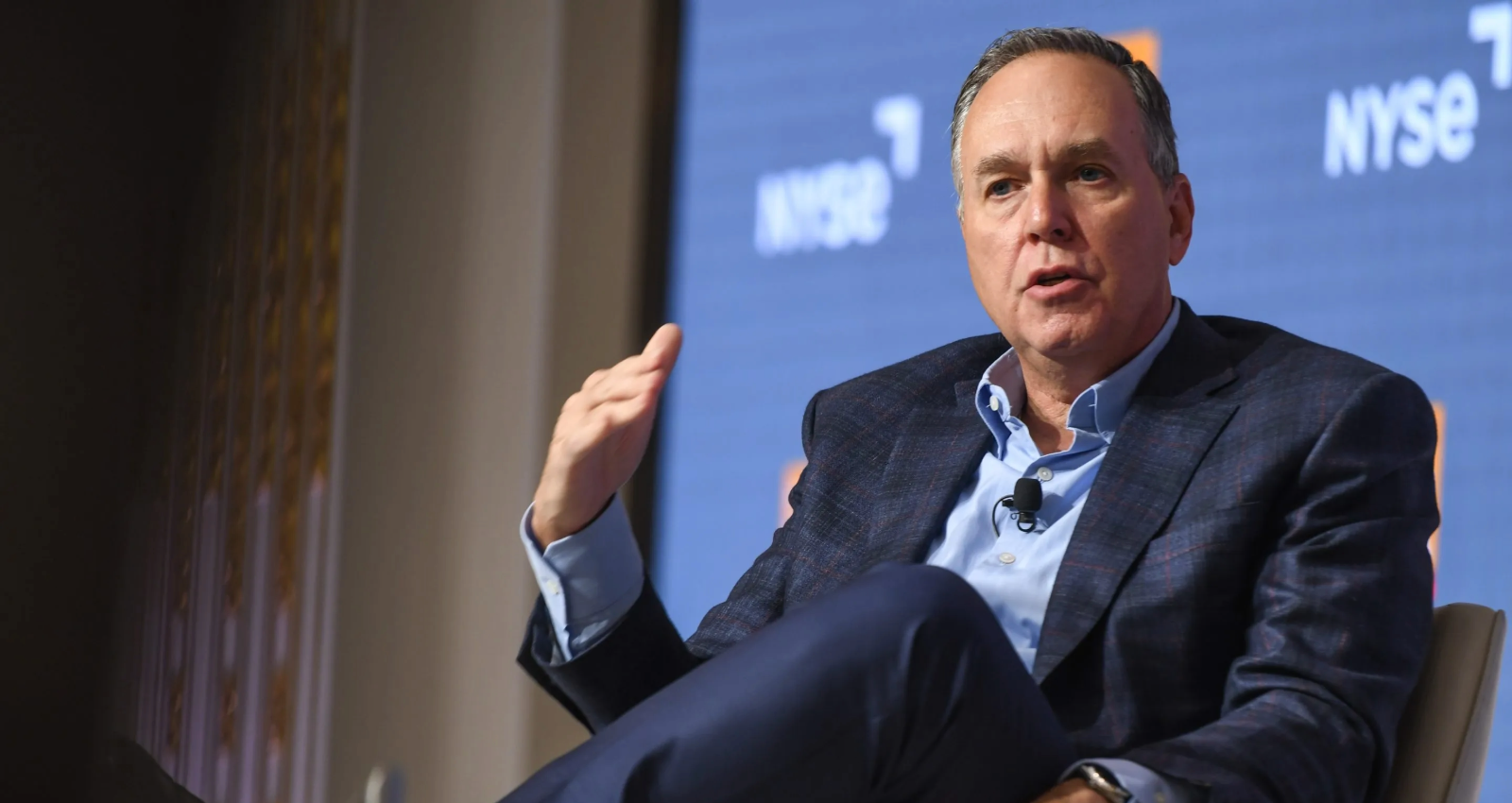- May 13, 2025
Adam Grant Shared One Simple Skill That Separates the Best Leaders From the Rest

Within the present high-stress work environments, the most successful leaders aren’t the ones who control everything. They are the ones who know exactly what to control, and more importantly, what not to. That’s the message Wharton professor and organizational psychologist Adam Grant shared in a recent post that’s gaining serious traction among professionals.
The takeaway? If you want to master self-leadership, start by drawing a clear boundary between what’s inside your control and what isn’t.
The Illusion of Control Is a Leadership Trap
We have all been there, spending far too much time managing things we can’t fully control. We worry about how a colleague perceives us. We waste mental energy analyzing someone’s tone in a meeting. We overthink outcomes you can’t fully influence.
The irony? This outward focus often makes us less effective at managing ourselves.
Adam Grant pointed out exactly that.
In his recently shared LinkedIn post, he distilled a hard truth many leaders learn the painful way: the more you try to manage what’s outside your control, the worse you lead yourself.
Adam Grant‘s post was anchored by a simple visual: a rough-drawn circle diagram with many things around and within. Inside it? The stuff you can control: your tone, your words, your boundaries, your response to pressure. Outside the circle? Other people’s actions, the past, the future, and the chaos that make up everyday work life.
It’s deceptively simple but surprisingly powerful.
The Emotional Intelligence Behind Letting Go
In his coaching sessions with executives, Adam Grant noted one pattern coming up repeatedly. High performers often feel like they need to control every outcome to succeed. But the most emotionally intelligent leaders know better.
They know how to pause, reset, and ask: What can I actually influence here?
According to Adam Grant, good self-leadership starts with recognizing your sphere of influence. Not your team’s reactions. Not your manager’s decisions. Just you—your words, your mindset, your actions.
That small shift? It’s what separates reactive leadership from grounded leadership.
When You Try to Control Too Much, You Lead Less
Look at what happens in the workplace when leaders overreach:
- They micromanage conversations, instead of communicating clearly and trusting others to respond.
- They avoid confrontation, hoping problems disappear, instead of setting boundaries and giving direct feedback.
- They spend hours second-guessing how they were perceived, rather than staying consistent and letting actions speak.
It’s not that they don’t care. It’s that they are pouring their energy into the wrong things. That impulse to control actually weakens their influence.
Leadership Starts With You
Real leadership doesn’t begin with a team or a title. It begins with self-discipline, self-awareness, and most importantly, self-control.
As Adam Grant put it: “We don’t control how others treat us—we control how we treat them. We don’t decide what happens to us—we decide how we respond.”
This is more than just a good quote. It’s a strategy. A leadership filter you can apply in almost any moment.
Ask yourself:
- Am I reacting or responding?
- Am I focusing on what I can control—or fixating on what I can’t?
- Is this my responsibility to fix, or someone else’s to carry?
It sounds basic. But for leaders juggling high-stakes decisions and emotional bandwidth, it can be a game-changer.
Adam Grant’s Micro-Habit That Changes Everything
Want a mental shift you can use immediately? Try this:
When you feel overwhelmed or triggered, pause and ask two questions:
- Is this mine to carry?
- If not, what can I control right now?
This pause isn’t just about emotional regulation. It’s about reclaiming your energy and redirecting it where it actually matters.
Over time, this self-leadership habit builds resilience. You stop spiraling over things outside your influence. You show up more grounded. And yes, people start noticing.
The Power of Focusing Right
Great leadership doesn’t start in a boardroom. It starts in your head and your habits.
Adam Grant’s insight is clear: You can’t lead others well if you can’t lead yourself first. That means spending less time managing people’s perceptions and more time managing your response.
Control what you can. Release what you can’t.
Not because it’s easy, but because it’s effective.
And to succeed in this intensely competitive world, this kind of clarity is your best edge.









